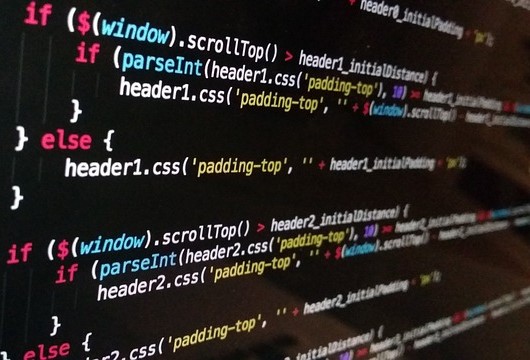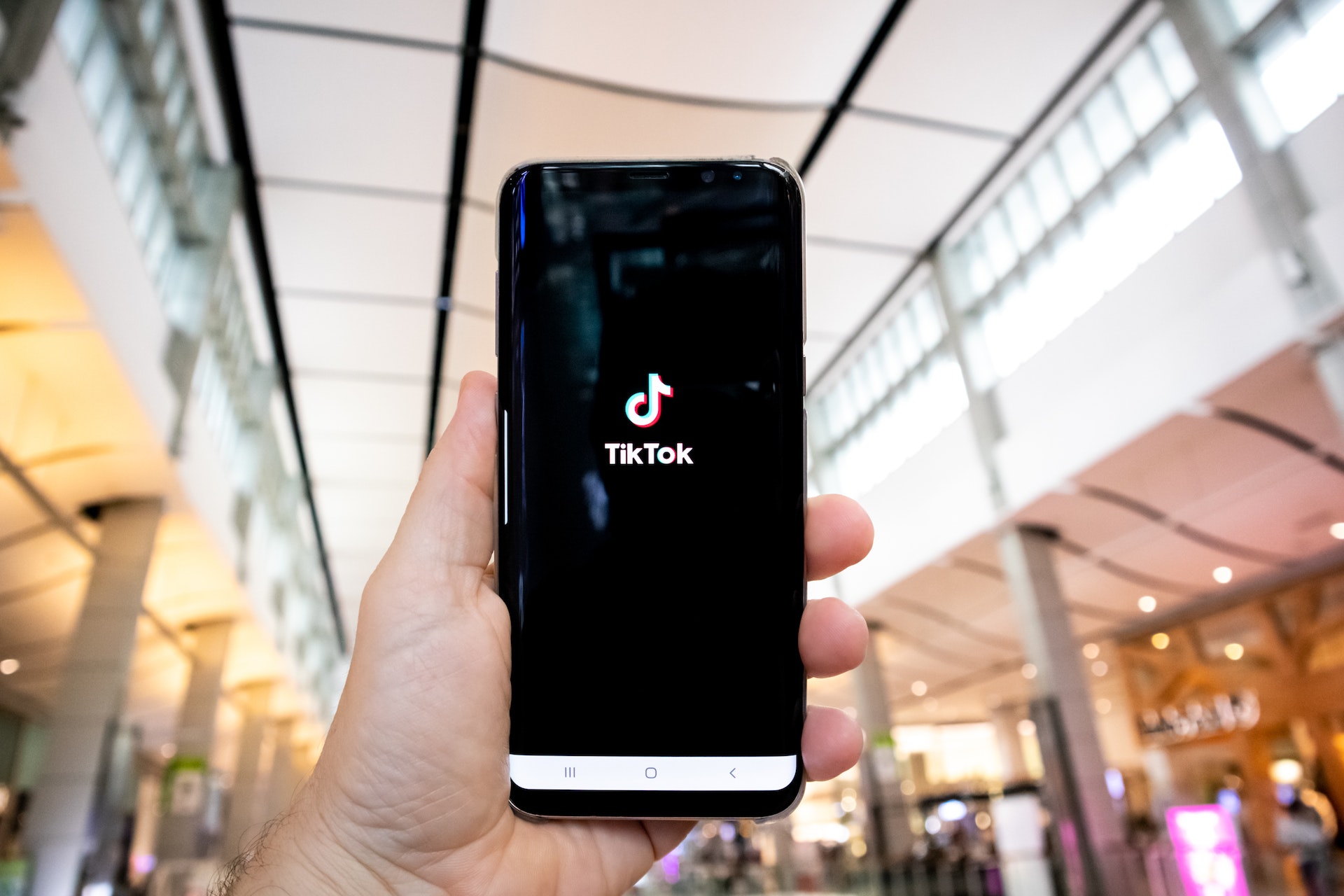 Not sure if any of this necessarily relates to Microsoft’s search-engine (AKA: Bing) announcement, that suppose to take place in the following days, but this way or another, Google has definitely managed to steal some focus from Redmond’s coming events, by catching our eyes with its latest innovative meshing application – also known as Google Wave. And while many of us tend to separately use IM clients, mail services or word processing editors to work our day, Google’s Australian team has diligently strove for the past two years in putting together these three daily assignments into one amazing collaborative tool which was built into the web-browser sphere in the form of HTML 5.0 and about to be released in the following months.
Not sure if any of this necessarily relates to Microsoft’s search-engine (AKA: Bing) announcement, that suppose to take place in the following days, but this way or another, Google has definitely managed to steal some focus from Redmond’s coming events, by catching our eyes with its latest innovative meshing application – also known as Google Wave. And while many of us tend to separately use IM clients, mail services or word processing editors to work our day, Google’s Australian team has diligently strove for the past two years in putting together these three daily assignments into one amazing collaborative tool which was built into the web-browser sphere in the form of HTML 5.0 and about to be released in the following months.
What is Wave? It’s a new model for communication and collaboration on the web, as a group of people can communicate and work together with rich format text, photos, videos, maps, blogs and more, while any participant can reply anywhere in the message, edit the content and add even more participants at any point in the process, with a “playback” mode, allowing newcomers to rewind the wave to see who said what and when, before joining the service. And if that wasn’t enough, the entire gathering process, which makes the Wave such a great collaborative tool, surprisingly happens on a real-time platform, where different group members can concurrently read (character-by-character) whatever you type, as you type, without waiting long (private mode is optional).
Still in an early build, with so many useful embedded features around, Google’s online sharing platform undoubtedly shaped for changing our common old-fashioned traits while vigorously aiming to completely revamp any sort of existing mailing interaction, which currently controlled by you’ve guessed right Microsoft itself. But turning Wave into such a powerful application that sincerely pretends to revolutionize our fixed behavior, certainly requires a joint effort involvement from diversified groups across the globe, which probably explains why Google has deliberately decided to widely open up its API platform for 3rd party developers, explicitly asking their generous assistance in building extensions and outsourcing widgets in order to enhance and maximize interface usability. And speaking about widgets and extensions, it seems there are plenty interesting ways to use Wave, either collaborating together on a new document, sharing embedded photos and videos among friends, IM chatting with multiple users (real-time spelling correction and translation robots included), handling real-time RSVP invitations, or simply playing casual entertaining games – At this point, all options available – and yet it looks like Wave is only halfway through to reach its full potential. Hit the links below to start learning the protocols. Additionally, you can watch Wave’s full demo introduction after the break (long video).
Develop
Learn how to put waves in your site and build wave extensions with the Google Wave APIs.
Visit code.google.com/apis/wave.
Build
Google Wave uses an open protocol, so anyone can build their own wave system.
Learn more at www.waveprotocol.org.

[Google]

[youtube]http://www.youtube.com/watch?v=v_UyVmITiYQ[/youtube]













Comments are closed.